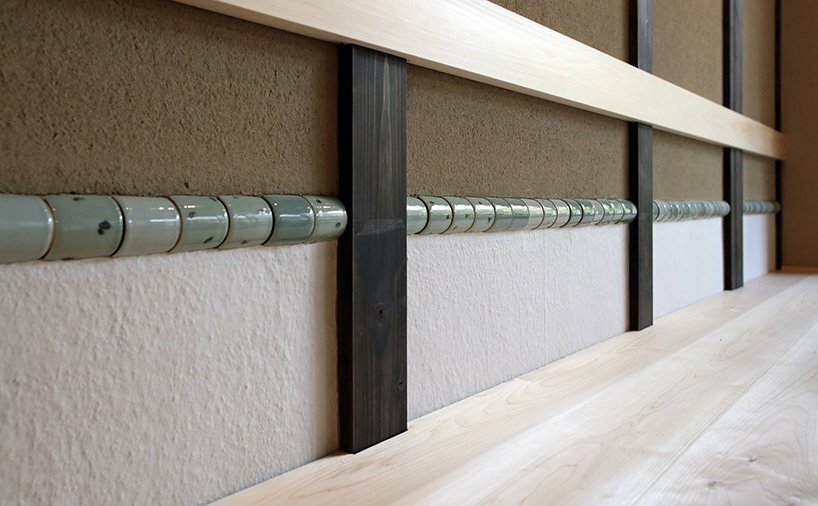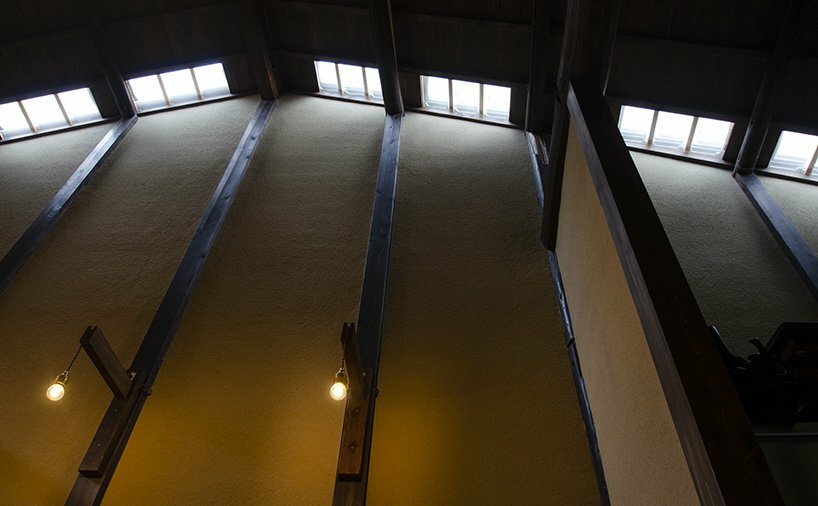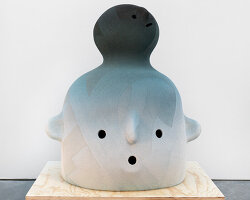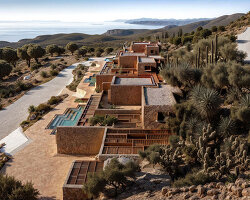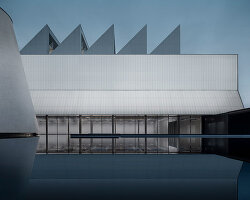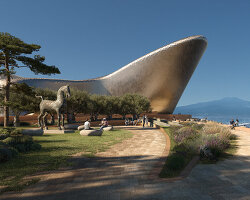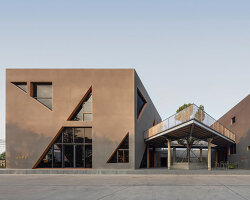

SOKOKU is located at the foot of Gojozaka, Kyoto, famous for its traditional Kiyomizu-ware ceramics
KEEP UP WITH OUR DAILY AND WEEKLY NEWSLETTERS
the founder of jiakun architects, is recognized for his humanistic approach, crafting spaces that combine the everyday with the utopian.
connections: 39
see how architects and designers transformed neglected buildings into stunning, sustainable spaces through Fiverr and designboom’s global competition!
connections: 2
the opening exhibition is the largest-ever presentation of the institution’s collection, presenting four perspectives on art history since 1950.
winding stairways and rooftop terraces carve out a labyrinthine journey through the red sol resort.








